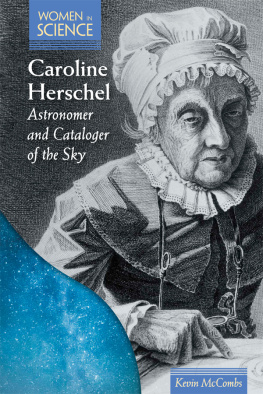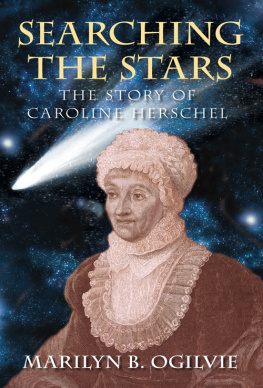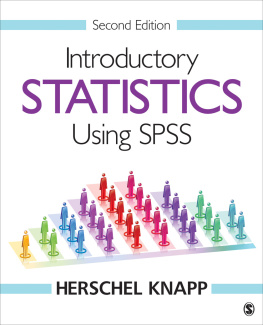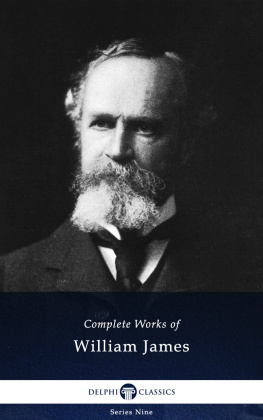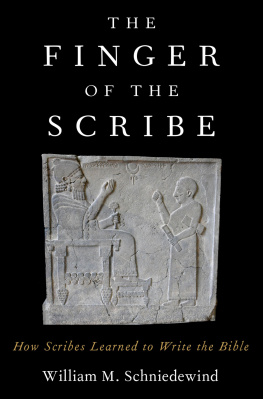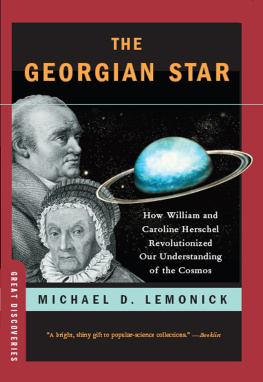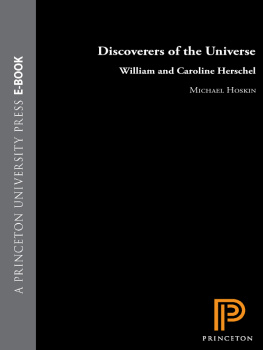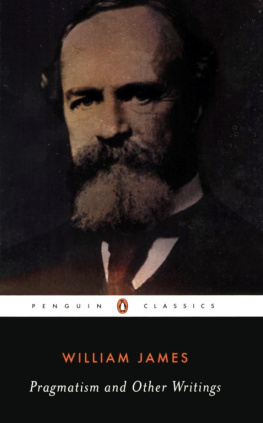William James Herschel - The Origin of Finger-Printing
Here you can read online William James Herschel - The Origin of Finger-Printing full text of the book (entire story) in english for free. Download pdf and epub, get meaning, cover and reviews about this ebook. year: 2021, publisher: Good Press, genre: Detective and thriller. Description of the work, (preface) as well as reviews are available. Best literature library LitArk.com created for fans of good reading and offers a wide selection of genres:
Romance novel
Science fiction
Adventure
Detective
Science
History
Home and family
Prose
Art
Politics
Computer
Non-fiction
Religion
Business
Children
Humor
Choose a favorite category and find really read worthwhile books. Enjoy immersion in the world of imagination, feel the emotions of the characters or learn something new for yourself, make an fascinating discovery.

- Book:The Origin of Finger-Printing
- Author:
- Publisher:Good Press
- Genre:
- Year:2021
- Rating:4 / 5
- Favourites:Add to favourites
- Your mark:
- 80
- 1
- 2
- 3
- 4
- 5
The Origin of Finger-Printing: summary, description and annotation
We offer to read an annotation, description, summary or preface (depends on what the author of the book "The Origin of Finger-Printing" wrote himself). If you haven't found the necessary information about the book — write in the comments, we will try to find it.
The Origin of Finger-Printing — read online for free the complete book (whole text) full work
Below is the text of the book, divided by pages. System saving the place of the last page read, allows you to conveniently read the book "The Origin of Finger-Printing" online for free, without having to search again every time where you left off. Put a bookmark, and you can go to the page where you finished reading at any time.
Font size:
Interval:
Bookmark:

FINGER-PRINTING
OXFORD UNIVERSITY PRESS
LONDON EDINBURGH GLASGOW
NEW YORK TORONTO MELBOURNE BOMBAY
1916
AT THE OXFORD UNIVERSITY PRESS
| PAGE | |
| Bengalee contract with Rjyadhar Kni, 1858. (Collotype) | Between pages |
| Finger-print of Dr. R. F. Hutchinson, Medical Officer at Arrah Station, June 1859 | |
| Finger-print of Captain H. Raban, Chief of the Police in Lower Bengal, July 29,1860 | |
| Finger-print of the Mahrj of Nuddea, April 13, 1862 | |
| Finger-print of Sir Charles Howard, Superintendent of Police, Nuddea, April 13, 1862; and repeat, 1908 | |
| Finger-print of Sir Alfred C. Lyall, 1877; and repeat, 1908 | |
| Finger-print of Captain A. Coleman, P. & O. SS. 'Mongolia', February 1877 | |
| Finger-prints of Bech Rm Ds Adhikri, (a) made in 1877, (b) made in 1892 | |
| Finger-print of W. F. Courthope, 1877; and repeat, 1913 | |
| Finger-print of Captain V. H. Haggard, R.N., 1877, aet. 2 years; and repeat, 1913. (Collotype) | Facing |
| Finger-print of Colonel J. Herschel, R.E., September 22, 1877 | |
| Finger-print of Dr. J. F. Duthie, September 22, 1877 | |
| Finger-print of Sir Theodore Hope, Bo.C.S., 1877 | |
| Finger-prints of William Waterfield, B.C.S., (a) July 31, 1860, (b) March 31, 1877 | |
| Finger-prints of W. J. Herschel, (a) June 1859, (b) July 1859, (c) March 31, 1877, (d) February 22, 1916 | |
| Finger-prints, enlarged, of A. E. H. Herschel: 1881, aet. 7; 1890, aet. 17; 1913, aet. 40 | |
| 'Thomas Bewick his mark' | |
| A 'tep-sai' of Bengal compared with a finger-print | |
| Caste-marks of illiterates, 1865 | |
| Finger-mark on a Chinese Bank-note. (Collotype) | Facing |
Font size:
Interval:
Bookmark:
Similar books «The Origin of Finger-Printing»
Look at similar books to The Origin of Finger-Printing. We have selected literature similar in name and meaning in the hope of providing readers with more options to find new, interesting, not yet read works.
Discussion, reviews of the book The Origin of Finger-Printing and just readers' own opinions. Leave your comments, write what you think about the work, its meaning or the main characters. Specify what exactly you liked and what you didn't like, and why you think so.



